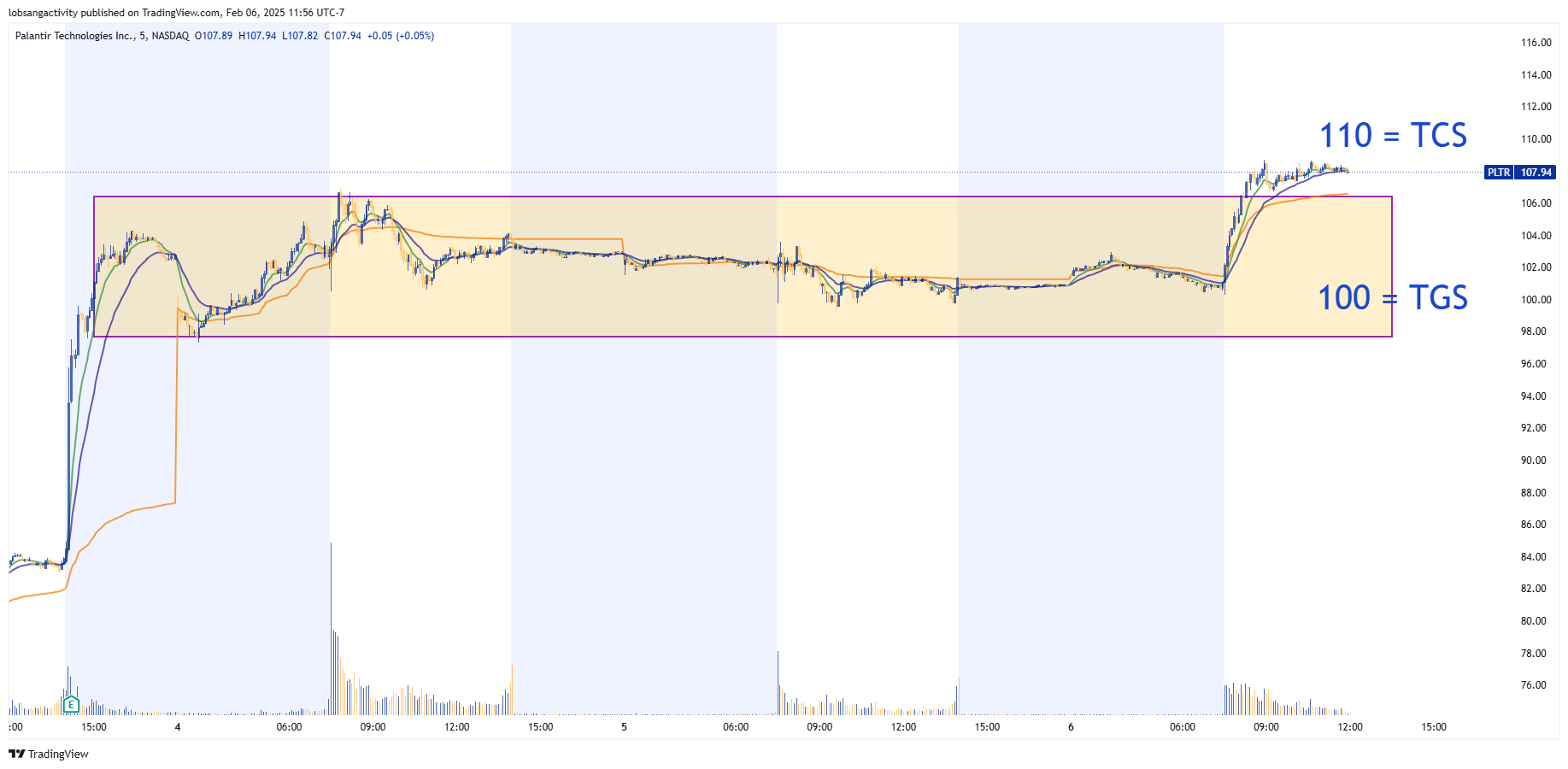What is Stock Trading?
Stock trading refers to the buying and selling of shares in a company. A stock is an ownership interest in a publicly traded company. That means if you wanted to technically own a piece of Apple as a company, you could do so by buying Apple (Nasdaq: APPL) shares.
Hence, when you buy shares in a company, technically you own a small portion of that company.
By buying and selling stock shares, you can profit from the increase or decrease in a stock’s price. The sale and purchase of stocks between individual investors, institutional investors and companies is facilitated via centralized stock exchanges such as the New York Stock Exchange and the London Exchange.
There are many of them, but when you are trading stocks, you are buying and selling the shares through brokers who are linked to the exchanges like the New York Stock Exchange.
You buy and sell the stock shares from your broker which they in turn get them from the exchanges.

Stock Market Hours
There are a lot of stock exchanges out there, but we’ll cover a few so you have an idea.
The New York Stock Exchange is the main New York or US stock trading session which opens at 9:30 AM and closes at 4:00 PM EST or New York time.
The London Stock Exchange is open from 8:00 AM local time in the UK until 4:30 PM which is generally considered to be the largest stock market in the UK/EU region with another big one being the German DAX.
In Australia, the stock market is open from 10:00 AM local time Sydney to 4:00 PM.
Generally, stocks can only be traded when the exchanges are open. But some exchanges, like the New York Stock exchange do have pre-market and post-market hours that allow for limited trading in certain stocks.
How Market Cap Affects Stock Behavior
Market Cap stands for “Market Capitalization”. Market cap is basically the total value of a company based upon the total number of shares x the price per share.
For example, if you were to look at Apple, it has approximately 16.7 billion shares available. Assuming the current price of Apple is trading at around $133 per share, if you do the math, 16.7 billion x $133 per share, gives it a market cap around $2.2-$2.3 trillion.
It’s important to understand that there are various types of market caps and stocks you can trade.
There are generally considered to be six ranges of market cap:
- Nano – Stocks with less than $50 million in market cap
- Micro – Stocks with between $50 to $300 million in market cap
- Small caps – Stocks with between $300 million to around $2 billion in market cap
- Mid caps – Stocks with between $2 billion and $10 billion in market cap
- Large caps – Stocks with between $10 and $300 billion in market cap
- Mega cap – Stocks with $300 billion and above in market cap.
It’s not super important that you understand each market cap specifically, but it is important to understand how market cap can and often does affect how the stock trades and how the stock moves.
For example, one general rule you can rely upon regarding market cap is “the greater the market cap generally, the lower the volatility“.
Volatility simply refers to the ability for the price in the stock to change up or down heavily or not, to move rapidly in price or not.
If you think about it, with a large market cap like Apple, the stock needs a lot of capital just to move its market cap significantly. Whereas, a slightly lower priced stock like DraftKings, with less shares and a smaller market cap, doesn’t require as much money and capital to move the price. Hence, the latter can, and likely will be, more volatile.
This is why market cap is important. It’s helpful to understand what kind of stock you’re trading, and if it, based on the share price, market cap and the number of shares available, has a greater propensity for volatility or not.
Hence, it’s important to understand how market cap can and often does affect a stock’s behavior.

The Bid/Ask Price
When it comes to looking up a stock’s price on your stockbroker platform, you’ll see two prices, for example $10 and $10.05.
These two prices are called the “Bid” & “Ask”, and the difference between them is called the “Spread”. This spread basically is a fee that your broker charges you for providing a service.
After all, your broker is allowing you to buy and sell shares as you can’t do so directly from the exchanges. Like a business selling any product, they will sell it to you for slightly more than what it costs them, and they do that to help cover their costs for providing this service of allowing you to buy and sell stock shares.
The best way to think about the bid and the ask is that they are the implied costs of doing business.
When you see a price like $10 and $10.05, the bid is the lower price. In this case, $10, and the ask is the higher price at $10.05.
If you want to buy a stock, you’re going to have to buy it from someone who already owns the stock. Hence, in our example, the $10 and $10.05, the lowest price that this person will sell to you for is $10.05.
If you on the other hand are looking to sell the same stock, you will get $10 for it. That spread between $10 and $10.05, is what the broker profits for helping you find a buyer and seller to execute this transaction. Like a real estate broker brings a buyer and a seller and they get a fee for that, this is the same thing.
As a general rule regarding the bid and ask spread, the smaller the spread or the difference between the two prices, the better the liquidity or otherwise known as availability of that particular stock.
Buying & Selling Stocks
There are three ways that you can buy and sell stocks.
The first way that you can buy and sell stocks is what we call a market order. Market order simply means that you want to buy or sell the stock immediately. Once you hit the button and your broker receives it, it will buy or sell that stock at the current price it has.
There are advantages to a market order, and one of those being that you’re going to get filled, i.e. being able to purchase the stock immediately. You hit that market order, if the shares are there, as soon as the broker gets it, they’re going to fill you.
However, there is a disadvantage to the market orders. You may not get filled at the last price you see on your platform, because by the time you send the order and your broker gets it, the price could’ve changed. Stock prices change and can at times move fast. When your broker gets the order, they’re going to fill you at the next price that they have available.
The second type of order is called a limit order. This is where you can buy or sell the stock at a specific price in the future. The way this works is that you place a limit order on XYZ stock above or below the current price, and once price gets there in the future, your broker will execute your order and you receive the number of shares that you wanted to buy (or sell).
The third type of order is called a stop loss. This is simply an order to close your trade if it goes up or down to a specific price. Once you’ve entered your stop loss order, if (or when) in the future the price of the stock reaches the same price as your stop loss order, your shares will be sold and you lock in the profit (or loss) which is the difference in price between where you got in and where you got out of your stock position.
So to summarize, these are the three most important order types you will be utilizing when buying or selling stocks:
- Market = buy/sell immediately at current bid/ask
- Limit = buy/sell at specific price in the future
- Stop loss = order to close a trade at +/- x price
Interested in further reading? We recommend checking out our articles on Stock Market Sectors, Types of Stocks & Dividend Stocks.












